Getting Started with Payara Server
Step-By-Step Videos
The following four, short videos will take you step-by-step through installing, writing, and deploying an application to Payara Server even if you’ve never used the application server before:
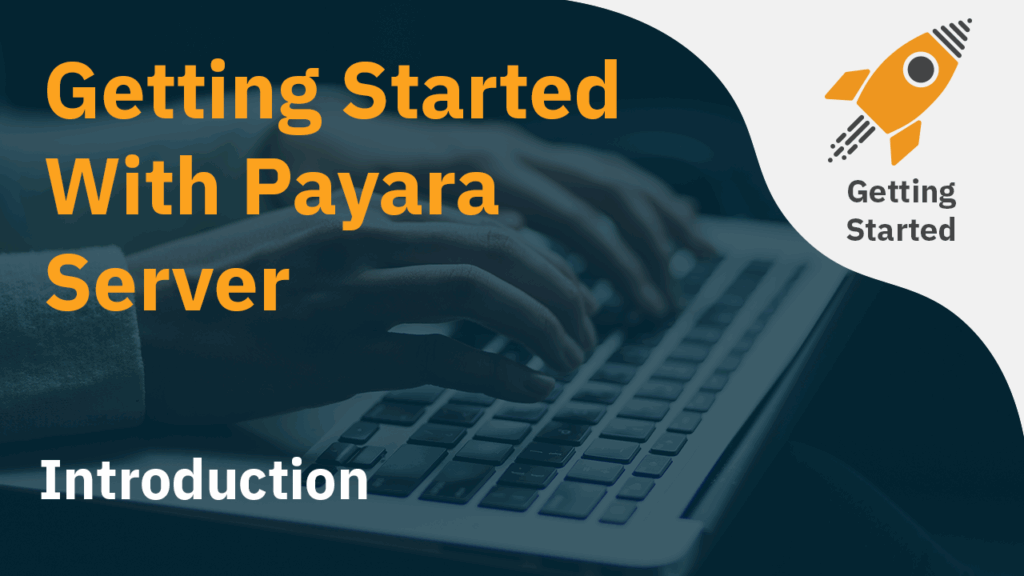
Introduction to Payara Server
Learn how to write a simple Hello World application and deploy it to Payara Server.
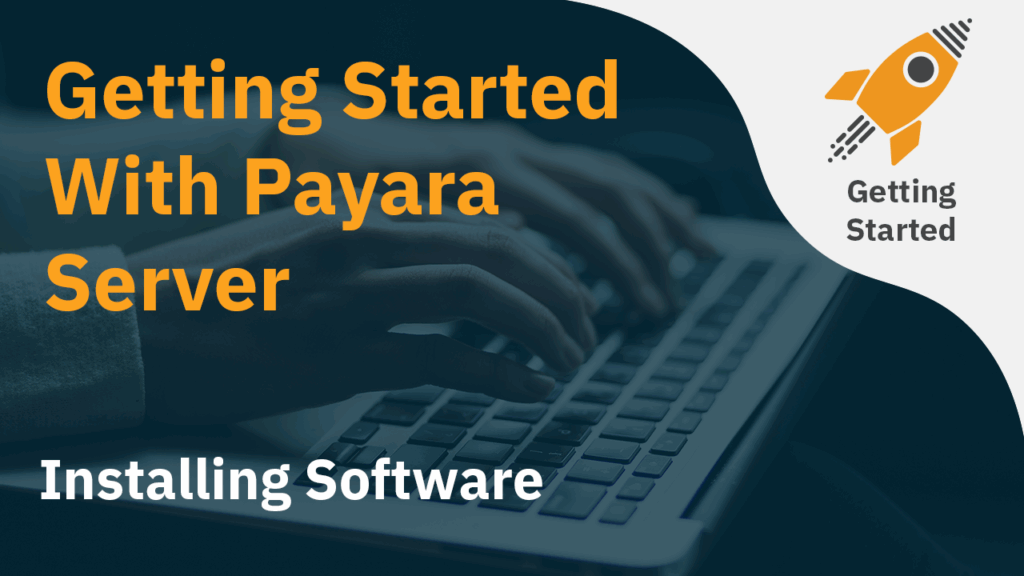
Install Software
Four Software Requirements:
- Java
- Maven
- IDE (NetBeans)
- Payara Server Community
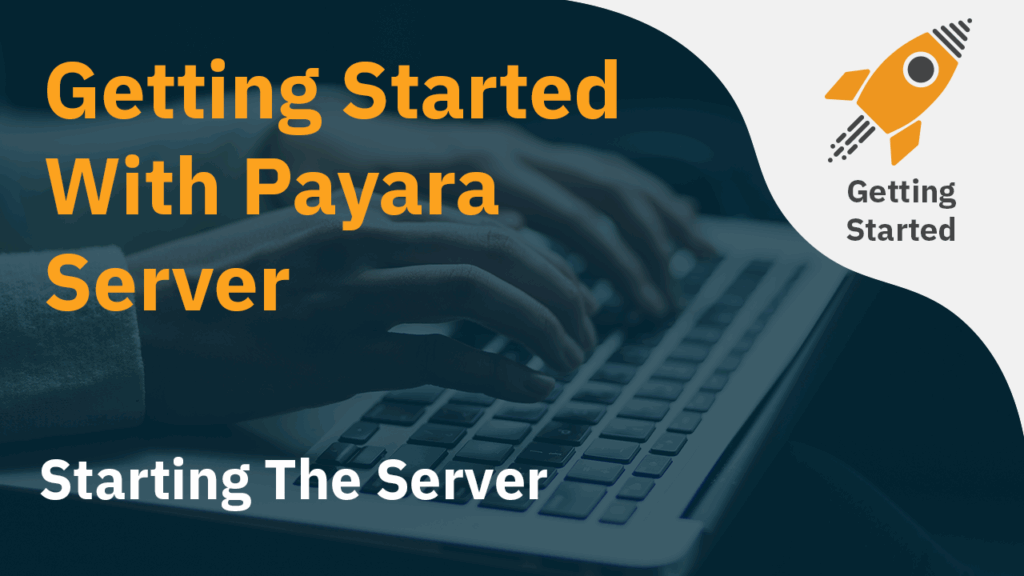
Start Payara Server
Two Methods of Starting Payara Server:
- Using the CLI
- Using NetBeans
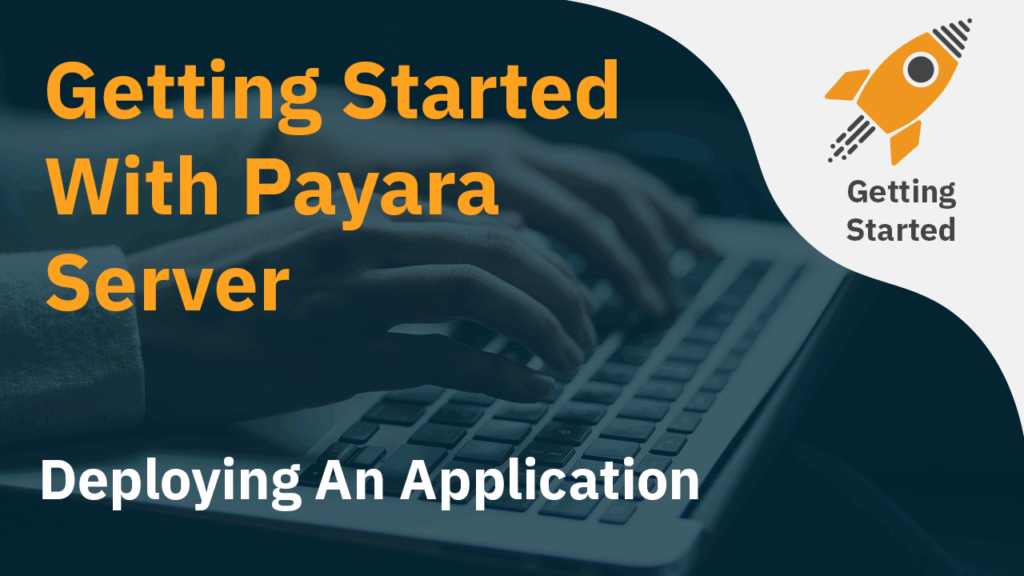
Deploy App on Payara Server
Three Methods to Deploy an App on Payara Server:
- Through NetBeans
- Through the CLI
- Through the Admin Console
How Can We Help You?
Read Software Documentation
Visit the Payara Platform Documentation for release notes, product documentation updated with every new release, information regarding security fixes, user guides, detailed build instructions, and details regarding our Jakarta EE certification.
Payara Platform Resources
We have an extensive library of Technical guides, Datasheets, Case Studies, Tutorials, E-Books and Videos. They are all free and easily available to download.
Migrate to the Payara Platform
Everything you need to know about migrating to the Payara Platform from another application server.
Found a Bug?
Did you have an issue or find a bug with the Payara Platform Code? Submit it here.
Payara Enterprise Customers
Take a look at our Customer Onboarding Animation Videos to learn how to use the Upgrade Tool, find official Docker Images, and request and view customer support tickets.
Get Help With Your Migration or
Using the Payara Platform in Production
If you need guidance with your Payara Server development project before going to production or during your application server migration project (from servers such as: GlassFish, WildFly, JBoss, WebLogic, etc), take a look at the Migration and Project Support option of Payara Enterprise.
Here’s a look at why you should choose Payara Enterprise over other application servers.
Do More With Payara Server
Add Functionality
If you’ve followed the above Getting Started with Payara Server steps, then you’ve successfully installed Payara Server and wrote and deployed your first application. Congratulations! Now let’s take a look at adding functionality to your Payara Server installation.
Configure and Use a Datasource
Wondering how to store and retrieve data from the database? Start with this blog: How to Store and Retrieve Data from a Database. Next, before you connect Payara Server to a database and use the datasource from an application, read this Introduction to Connection Pools in Payara Server 5. Armed with that background information, you can now choose your data source framework:
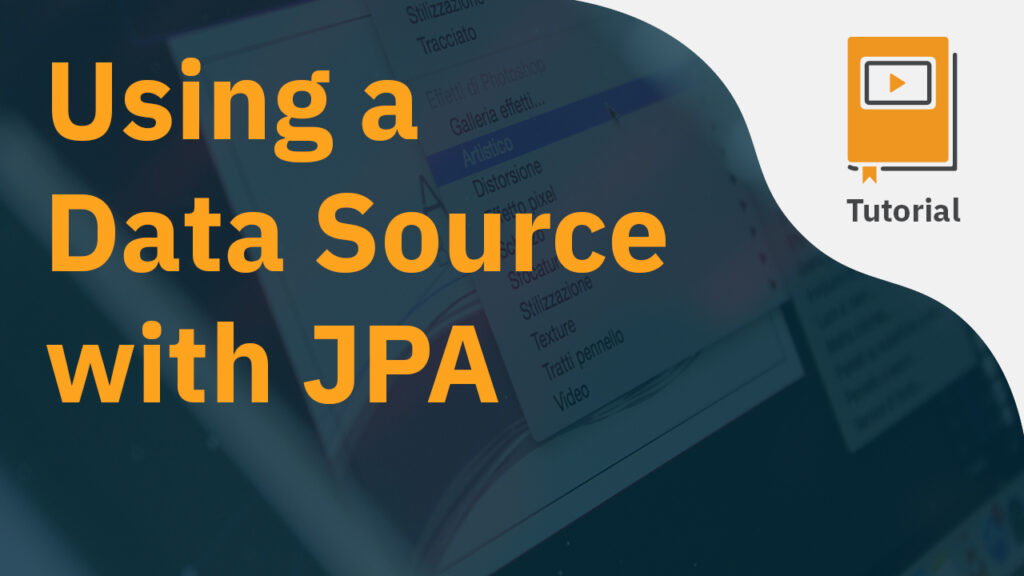
JPA
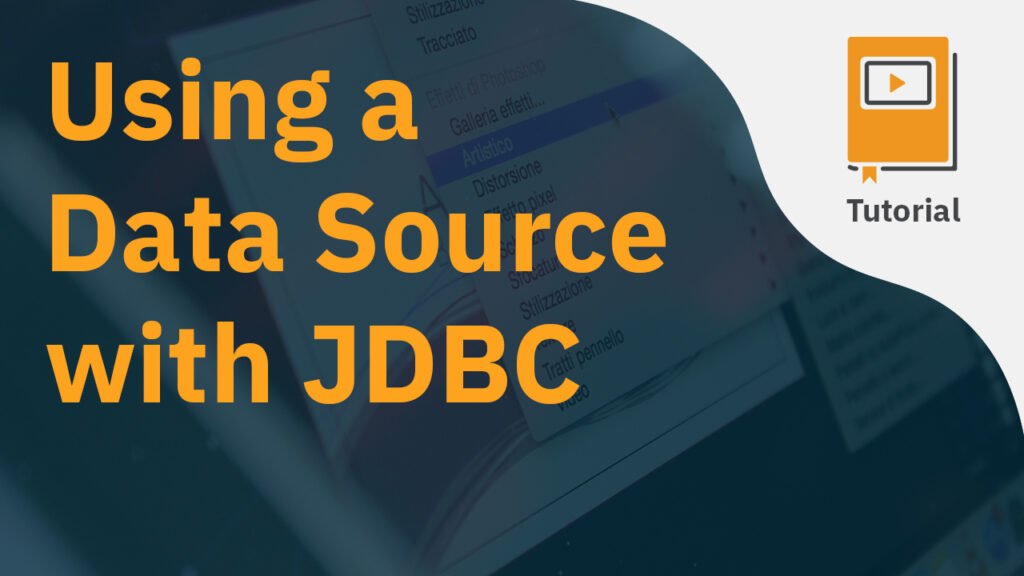
JDBC
Choose Your Database
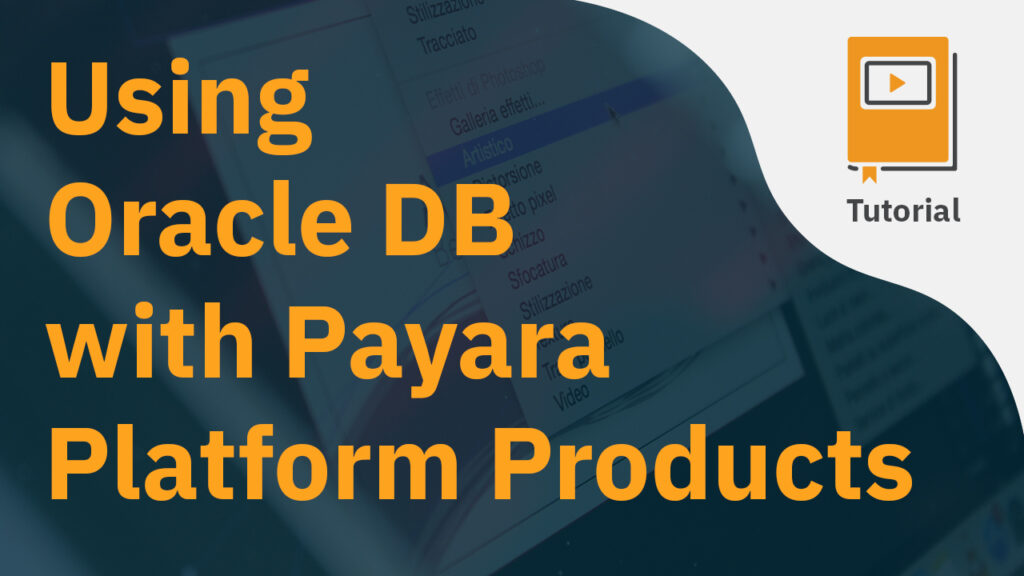
Oracle Database
Oracle XE is the version that is most suitable for developers for small or personal projects, and should also be compatible with the full version of Oracle database. This blog will walk through the configuration of Oracle XE, and how to configure Payara Server to use it
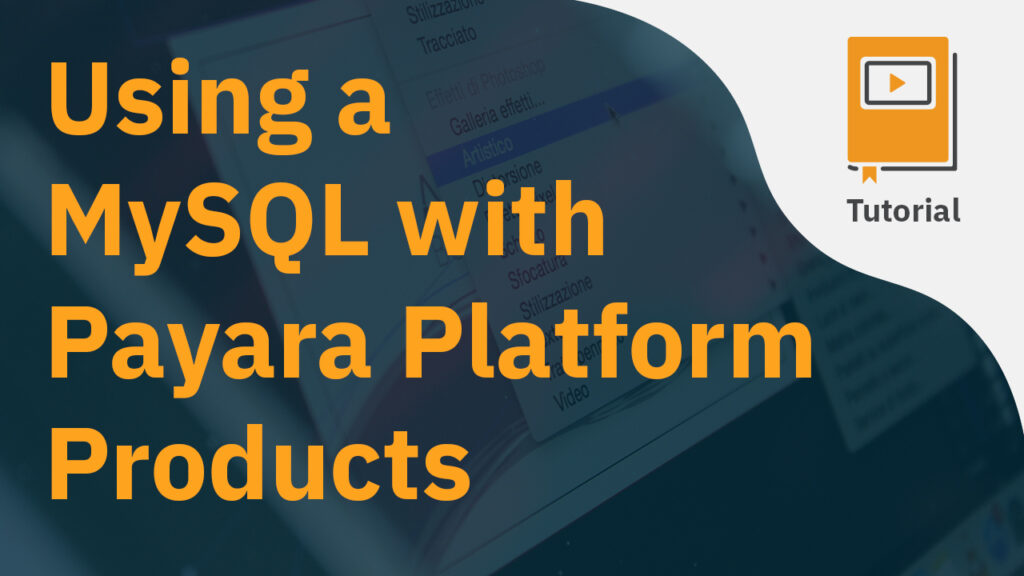
MySQL
MySQL is an open-source relational database you may wish to use with Payara Server, that excels at fast reads and is commonly used as storage for a CMS. This blog will show you how to set up MySQL on Ubuntu and connect to it from Payara Server.
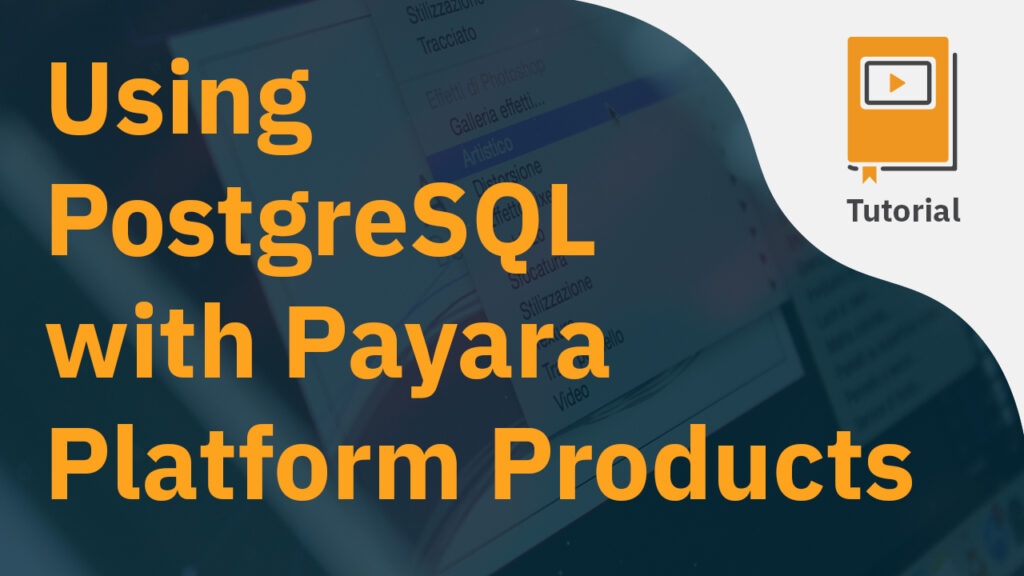
PostgreSQL
PostgreSQL is a fully SQL-Compliant relational database you can use with Payara Server and with no commercial licensing requirements it is well suited for production environments. This blog will show you how to set up a new PostgreSQL installation on Ubuntu and connect to it from Payara Server.
Basic Functionalities When Using Payara Server
Create a RESTful Web Service
This video demonstrates the starting steps of creating a RESTful Web Service using Payara Server and NetBeans.
Consuming a REST Service
A REST Service in Java EE can be created using JAX-RS. The contents of such service can be consumed using ordinary HTTP requests to a URL.
Create a User Interface with JSF
JSF is a component oriented MVC (Model View Controller) framework that’s a part of Java EE. It comes with a small set of basic components (widgets), a templating engine, and facilities for converting and validating input.
Secure a REST Service
A REST service will expose some kind of data or will allow some kind of interactions with a server. If you don’t want just anyone looking at that history, you’ll need to secure the REST service.
Test Apps with Arquillian
Before putting any application out for public access, it’s always worth testing that it works how you expect it to (and also how you don’t expect it to!)
The Basics of Logging
Logging is one of the key concepts for successfully running your applications. It tells you what your application and server is doing. And of course, logging is the first place you should look when things go wrong.
Security Auditing in Payara Server
Security Auditing in Payara Server
Security Auditing is the process of identifying and registering specific security events (like authentication and authorization events executed by the JACC container) and creating an audit trail that can be used to determine the effectiveness of these measures.
Create a Custom Audit Module
Learn how to create a sample custom module to monitor access to your applications, detect unauthenticated and unauthorized access attempts, and notify the relevant staff of access attempts.
Diagnose and Detect the Cause of Errors in Application
This debugging guide will help you to diagnose and detect the cause of errors in your application by debugging Payara Server or Payara Micro.
Using Payara Server’s Monitoring Service
Set Up JMX Monitoring Service
Using the JMX Monitoring Service, you can monitor information about the JVM runtime such as heap memory usage and threading, as well as more detailed information about the running Payara Server instance.
Integrate Logstash and Elasticsearch
Learn how to create a sample custom module to monitor access to your applications, detect unauthenticated and unauthorized access attempts, and notify the relevant staff of access attempts.
Using Kibana to Visualise the Data
When Payara Server has been logging monitoring data to the server log for a short while, the metrics that Logstash outputs to Elasticsearch can be visualised using Kibana. In this blog post, we will create a date histogram displaying used heap memory as a percentage of the maximum heap memory.
Want to use Payara Micro? Follow the steps for Getting Started with Payara Micro! Wondering whether you need Payara Platform Community or Payara Platform Enterprise Edition? Here’s an Enterprise vs. Community comparison to help you decide.